Contents
Guide
COLOUR
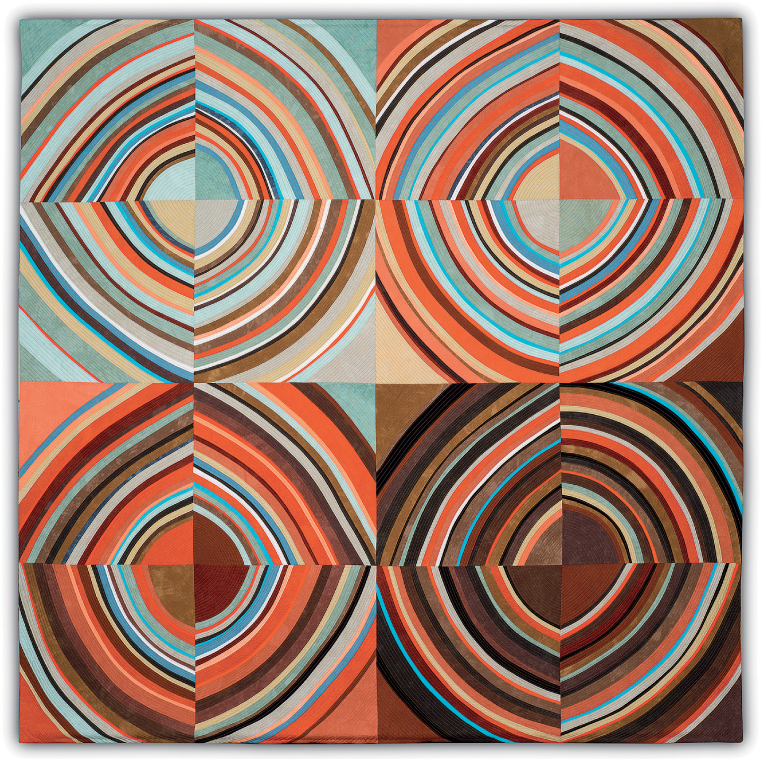
for Ellen
COLOUR
A WORKSHOP FOR ARTISTS & DESIGNERS
Third Edition
David Hornung
LAURENCE KING PUBLISHING
An imprint of Quercus Editions Ltd
www.laurenceking.com/student/

Published by
Laurence King Publishing Ltd
4th Floor, 361373 City Road
London EC1V 1LR
Tel: +44 20 7841 6900
email:
www.laurenceking.com
First published in 2004, second edition published in 2012. This edition published in 2021.
Text 2004, 2012, 2020 David Hornung
David Hornung has asserted his right under the Copyright, Designs and Patents
Act 1988, to be identified as the Author of this work.
This book was produced by Laurence King Publishing Ltd
All rights reserved. No part of this publication may be reproduced or transmitted in any form or by any means, electronic or mechanical, including photocopying, recording or any information storage and retrieval system, without prior permission in writing from the publisher.
A catalogue record for this book is available from the British Library
ISBN: 978 1 52942 452 2
Commissioning Editor: Kara Hattersley-Smith
Senior Editor: Andrew Roff
Copy Editor: Alison Effeny
Picture Researcher: Peter Kent
Design: Lozana Rossenova
Cover design: Lozana Rossenova
Cover image: Deborah Zlotsky, Tragedy tomorrow, comedy tonight,
oil on canvas, 2012 (Detail)
Printed in China
Laurence King Publishing is committed to ethical and sustainable production. We are proud participants in The Book Chain Project bookchainproject.com

CONTENTS
* Videos can be accessed by clicking the  icon next to See here for video demonstration
icon next to See here for video demonstration
** Color terms that can be found in the Illustrated Glossary appear in capital letters, usually where they are first encountered in the text.
ACKNOWLEDGMENTS
In making this third edition of Color, I have benefited from the help and support of many key individuals. First among these is Laurence King, whom I thank for the opportunity to update the second edition with major revisions to text and illustration.
I would also like to recognize the contribution of Kara Hattersley-Smith, Commissioning Editor at Laurence King, who has supported my work on all three editions and guided me through the proposal process once again with her characteristic warmth and efficiency. Thanks, too, to Senior Editor Andrew Roff, who helped me make the deadlines and steered me wisely through the intricacies of this books journey into print.
Alison Effenys insightful copy-editing improved my writing and saved me from public embarrassment. Simon Walsh, Production Manager, ensured that the color throughout the book is as good as it can be; and Peter Kent, Picture Researcher, procured the images that I needed from outside sources to illustrate the text. Thanks also to my reviewers, whose critical observations were helpful in planning this edition, and to my colleague Jennifer Maloney for her many insights and advice.
Lozana Rossenovas book design is integral to this edition and I thank her for her creativity, skill, and brilliance, and for being so easy to work with.
I would also like to thank Anne de Mere and Jenny Woodward for their beautiful work on the videos that accompany this book.
Finally, I want to thank William Itter who, through his mentorship in my first college appointment at Indiana University, profoundly influenced my approach to teaching. Bill had been at Yale and knew both Anni and Josef Albers. Like them, he balanced rigorous intellect with poetic intuition in both studio and classroom. Among the many things I learned from him was that, before assigning a project, I needed to make it myself. His dedication to unveiling for students the formal interplay of design elements inspired me as a young teacher and continues to do so today.
FOREWORD
In 2001, David Hornung showed me the prototype for Handmade Light, a book he was writing based on the color course he first developed at the Rhode Island School of Design. Davids model combined an accessible treatment of how we perceive color with an in-depth practical exploration of how color functions in art and design. To help him test his ideas, I began working through several of the projects he was creating for the book and immediately grasped the usefulness of his approach.
Handmade Light evolved into Color: A Workshop for Artists and Designers, whose first edition was published in 2005. The course of study David presented in the book differed from other color courses in two important ways. First, instead of using pre-printed colored papers, students created their own supply of colored swatches by mixing water-based paint. Second, David explained the visual characteristics of color with practical application in mind. One of the great frustrations in color mixing is that it can feel like a series of accidents: an experience of continuous experimentation without truly understanding why or how you arrive at a color. Davids book provided the ingredients you need to experiment with purpose.
Color: A Workshop for Artists and Designers presents color principles and concepts in a series of practical assignments which become the focus of discussion. In addition to a formal understanding of its properties and behaviors, each student develops a personal relationship to color that she can bring into her studio practice.
At the back of the book is an Illustrated Glossary of the color terms used throughout the lessons. Mastery of these terms makes meaningful and rewarding classroom communication possible. One of my favorite teaching exercises is one David designed to test that mastery. I select a colored swatch and, without showing it to the students, describe the colors hue, value, and saturation. The students attempt to mix the color as I have described it and then we compare the swatches. I find this exercise immensely satisfying because it is where I get to see concrete evidence that the students understand the concepts presented in Davids book. And they seem to enjoy the challenge.
I have used Color: A Workshop for Artists and Designers in my color classes at Adelphi University, where David and I are colleagues, for ten years. We continue to meet regularly to talk about course-related issues and these color discussions have had a profound impact on me as both painter and educator. Davids ideas about teaching color are always evolving. His projects are grounded in years of studio and classroom experience and are accessible to students and artists at all levels.
Color: A Workshop for Artists and Designers transforms the students ability to examine, describe, and discuss color as it connects theory with practice. Teaching this workshop approach has been a continuous source of insight over the years for me as well.
Jennifer Maloney
INTRODUCTION
My lifelong interest in color as a subject of serious study was ignited when, as an art student, I was introduced to the beautiful silkscreened plates of Josef Albers

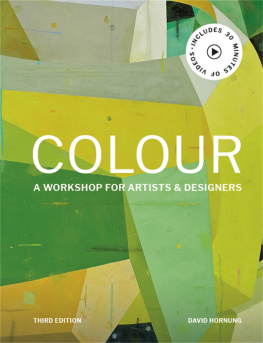
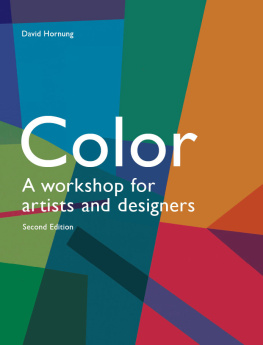
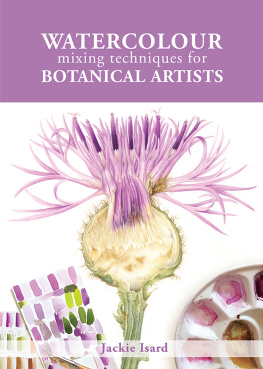


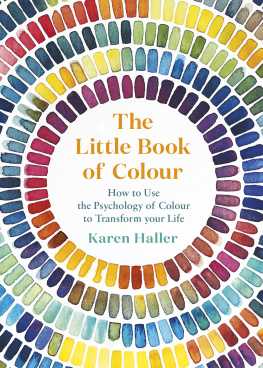
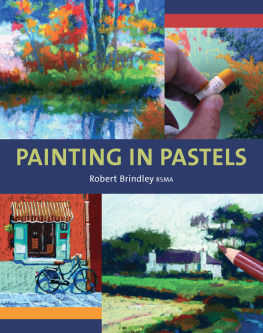
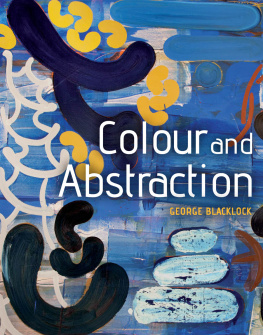
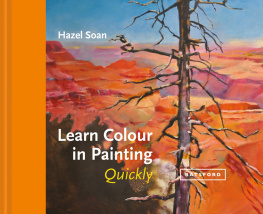
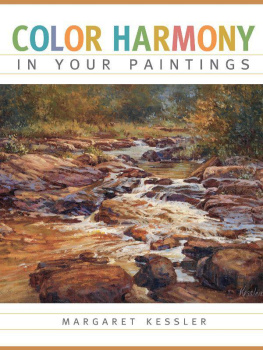
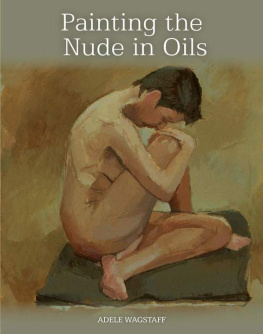
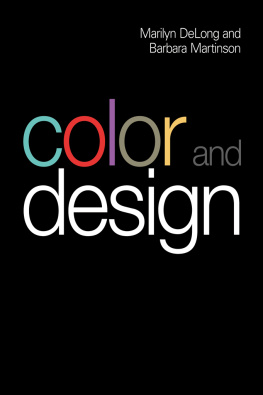
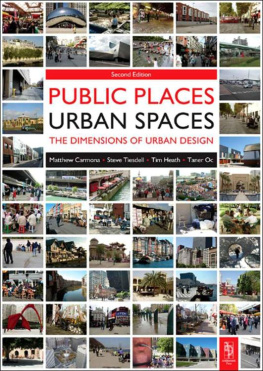




 icon next to See here for video demonstration
icon next to See here for video demonstration